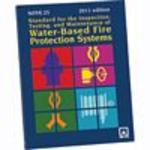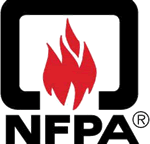Description
Codes and standards published by NFPA are displayed as read-only under license from NFPA solely for use within this system. NFPA material may not be downloaded, printed, reproduced, or transferred.
The 2011 NFPA 25 will raise confidence in every fire protection plan.
Sprinkler systems can reduce the average property loss by 71% in the event of a fire. However, improper maintenance can result in less sprinkler effectiveness or even failure. Changes in NFPA 25: Standard for the Inspection, Testing, and Maintenance of Water-Based Fire Protection Systems will help maintenance professionals, inspectors, and building owners keep systems ready to respond.
Revised Chapter One clarifies NFPA 25’s scope and purpose.
NFPA 25 is so essential to proper sprinkler care, it’s adopted by jurisdictions nationwide, and NFPA 13 requires installers leave a copy of NFPA 25 with property owners. Revised Chapter One clarifies the role NFPA 25 plays in a fire protection plan. It’s the only source for the latest rules on fire sprinkler systems including foam-water and fixed water spray systems, standpipe and hose systems, fire pumps, fire service piping and appurtenances, and water storage tanks.
Major revisions:
- New terms define “critical deficiencies” and “noncritical deficiencies,” so maintainers and owners can determine corrective actions and prioritize repairs.
- Updated testing frequencies are based on the growing database of inspection, testing, and maintenance records. Maximize time and efficiency without compromising reliability.
- Other revisions clarify the roles and responsibilities of the building owner and the designated owner’s representatives. This helps avoid critical oversights in sprinkler care.
- Use all-new Annex E classifies sprinkler repairs. Real-world examples of sprinkler repairs and their classifications are based on the new terms for critical and noncritical deficiencies.
- The Hazard Evaluation Form in Annex F will help you identify how changes in building occupancy, use or process, or materials used or stored could impact the adequacy of the fire protection systems.

 AS Z5-1958
AS Z5-1958 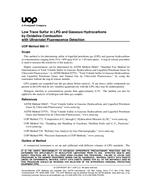 UOP 988-11
UOP 988-11 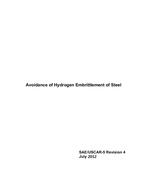 SAE USCAR5-4
SAE USCAR5-4 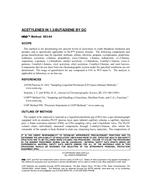 UOP 983-04
UOP 983-04 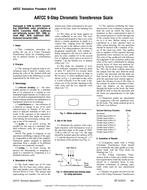 AATCC EP8-2010
AATCC EP8-2010 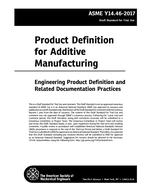 ASME Y14.46-2017
ASME Y14.46-2017 